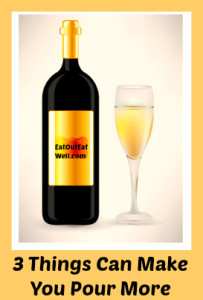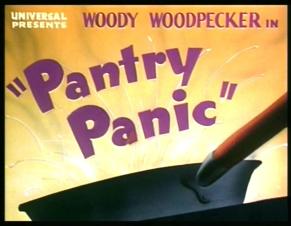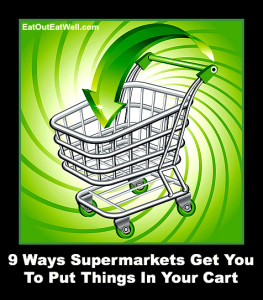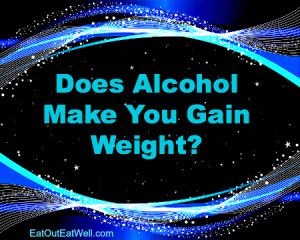 Have you ever wondered where the Jack-o’-lantern comes from?
Have you ever wondered where the Jack-o’-lantern comes from?
According to an Irish legend that goes back hundreds of years, a miserable old drunk named Stingy Jack — who liked to play tricks on his family, friends, and even the Devil — tricked the Devil into climbing up an apple tree. Stingy Jack put crosses around the apple tree’s trunk so the Devil couldn’t get down — and told the Devil that if he wouldn’t take his soul when he died Stingy Jack would remove the crosses and let the Devil down.
When Jack died, Saint Peter, at the pearly gates of Heaven, told him that he couldn’t enter Heaven because he was mean, cruel, and had led a miserable and worthless life. Stingy Jack then went down to Hell but the Devil wouldn’t let him in, either. Ultimate payback! Jack was scared and with nowhere to go he had to wander around in the darkness between Heaven and Hell.
Jack-o’-Lanterns, Halloween, and Stingy Jack
Halloween, or the Hallowe’en in Ireland and Scotland, is short for All Hallows’ Eve, or the night before All Hallows. On All Hallows’ Eve the Irish made Jack-o’-lanterns by hollowing out turnips, rutabagas, gourds, potatoes, and beets and then putting lights in them to keep the evil spirits and Stingy Jack away. In the 1800′s when Irish immigrants came to America, they discovered that pumpkins were bigger and easier to carve and the pumpkin became the Jack-o’-lantern.
If You Want To Eat Your Pumpkin . . .
Jumping from legend to fact: pumpkins come from a family of vegetables that includes cucumbers and melons. They’re fat free and can be baked, steamed, or canned.
One cup of pumpkin has about 30 calories, is high in vitamin C, potassium, dietary fiber, and other nutrients like folate, manganese, and omega 3′s. Pumpkin is filled with the anti-oxidant beta-carotene, which gives it its rich orange color. Pumpkin seeds are a good source of iron, copper, and zinc but aren’t low in calories. They have 126 calories in an ounce (about 85 seeds) and 285 calories in a cup.



